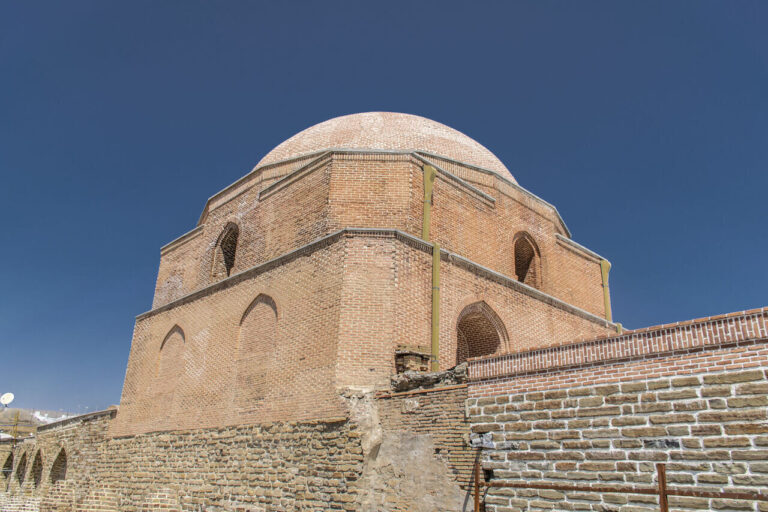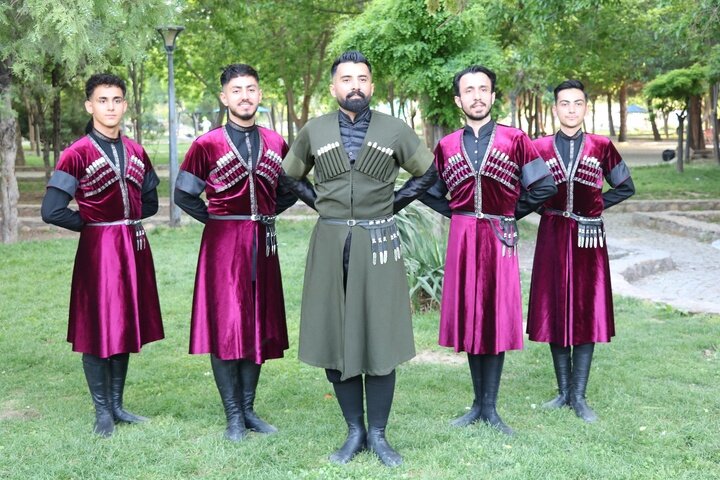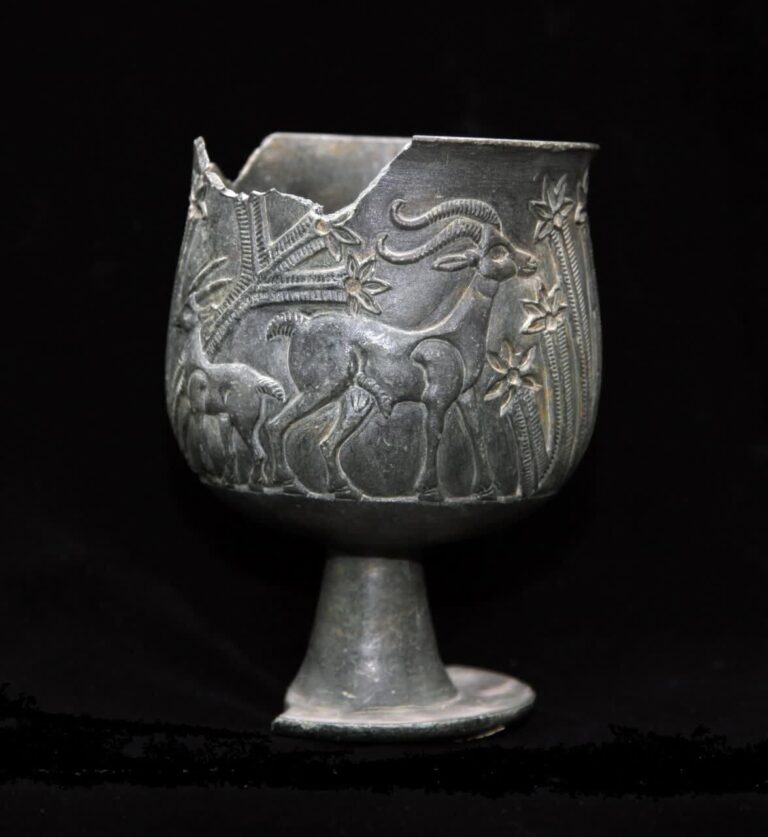Discovering Takht-e Rostam: A Historical Gem on the Southern Edge of the Caspian Sea
Recent paleontological research in Iran has revealed remarkable insights into the Caspian Sea’s shoreline, dating back over 31,000 years. This groundbreaking discovery suggests that the Caspian Sea once extended far beyond its current limits. The findings were made at the Takht-e Rostam archaeological site, located in Neka county within the Mazandaran province of northern Iran.
Takht-e Rostam is a significant archaeological site from the Paleolithic era, strategically positioned along the main road connecting Sari, the capital of Mazandaran, and Neka. Renowned for its distinctive geological features, including limestone formations and flint stones, this site has historically attracted human populations. Archaeological studies indicate that Takht-e Rostam was a key human settlement during the Paleolithic period, functioning primarily as a workshop for the production of stone tools and hunting implements.
Years earlier, Dr. Homayoun Khoshravan, who conducted geological sediment research at the site, revealed that the area contains sediments that date back approximately two million years, originating from the Caspian Sea. This discovery elevates the site’s significance not only for its historical findings but also as a natural heritage site, as reported by ISNA on Friday.
In a remarkable breakthrough, researchers have determined that around 31,000 years ago, the southeastern coastline of the Caspian Sea was much closer to the Takht-e Rostam site. The dating of these findings employed optical luminescence dating methods, executed by the Geophysics Institute of Tehran University. This represents a significant milestone in interdisciplinary research, showcasing the capabilities of local scientific expertise.
Further excavations at Takht-e Rostam, led by archaeologist Hossein Ramadanpour in 2020, unearthed over 2,600 pieces of stone tools. These artifacts provide deeper insights into the activities of early human populations residing in the region. The evidence suggests that the site was not merely a tool-making workshop; it also played a critical role in the hunting strategies of early humans, allowing them to effectively monitor and manage their surrounding environment.
These revolutionary findings, which represent the first dating of a Paleolithic human settlement in the area, have been published in the Iranian Journal of Archaeological Studies, an international journal devoted to archaeological research. This publication underscores the importance of these discoveries in enhancing our understanding of ancient human societies.
Takht-e Rostam has been recognized as a national heritage site of Iran since March 2002, holding registration number 5435. This designation further emphasizes its critical role in unraveling the complexities of ancient human history.
This discovery sheds new light on the relationship between early human societies and their environment, particularly the vital role that the Caspian Sea played in shaping human activities thousands of years ago. The vibrant history of Mazandaran, also known as Tabarestan, reveals that it was a cradle of civilization from the onset of the first millennium BC. According to the Britannica Encyclopedia, the region faced significant challenges around 720 CE, when Arab raiders nearly overran it.
- Geological Significance: Sediments from the Caspian Sea at Takht-e Rostam date back two million years.
- Archaeological Findings: Over 2,600 stone tools discovered, indicating extensive human activity.
- Cultural Impact: Takht-e Rostam is a crucial site for understanding Paleolithic human settlements.
- Research Recognition: Findings published in an international archaeological journal.
- Heritage Designation: Registered as a national heritage site since 2002.
As researchers continue to explore the Takht-e Rostam site, further discoveries may enhance our understanding of early human life and interactions with the environment. This research not only contributes to our historical knowledge but also reflects the rich tapestry of human civilization that has flourished in this region for thousands of years.






